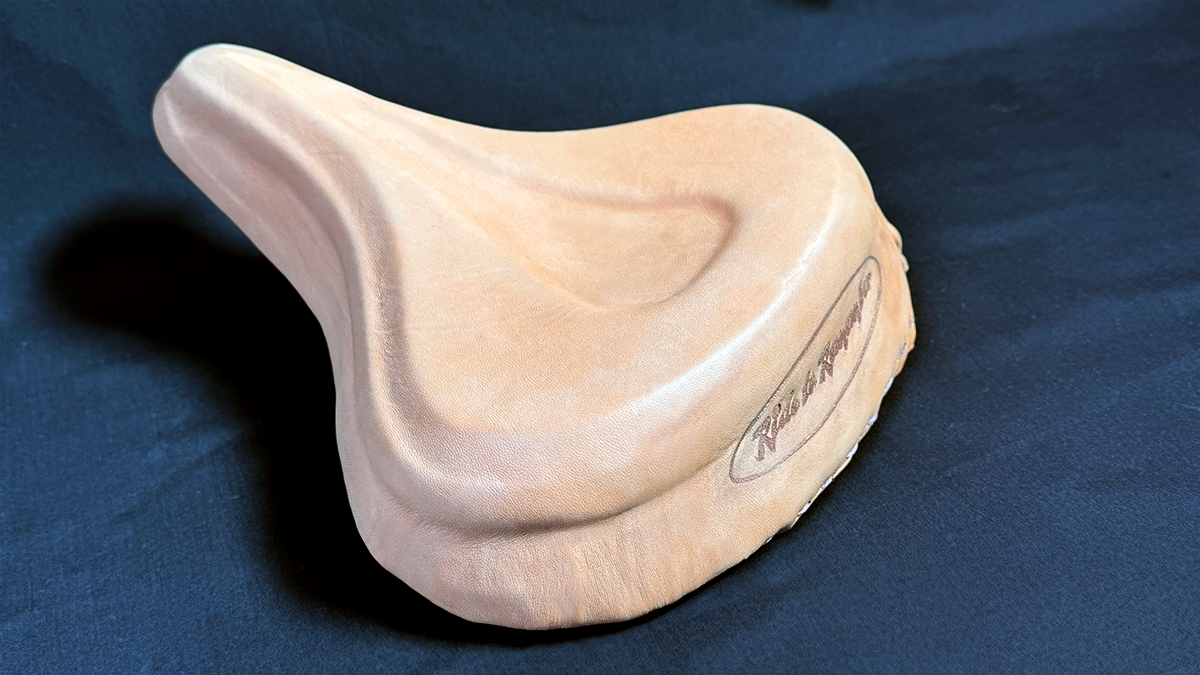Having made the decision to more or less restore my 30’s Elgin bike, prior to my big ride, re-chroming the old parts became part of the build. Of course, then adding some chrome to previously paintedor bare metal parts for durability was now an option. Originally this Sear’s Elgin had chromed wheels, seat post, handlebars, steering stem, crank arm and pedal bits. The back rack was painted, so for durability, I added it to the list and threw in the bolts for the seat post and steering stem nut. Since, I was already jumping into modifying the chainwheel and rear sprocket, those parts would be fabricated and finished in chrome.
Interestingly enough, Sears always seemed to have great quality control over its products and their individual components. Known for prying the best work out of many suppliers and manufacturers of their trade brands. Though some of the Elgin’s chrome was failing after 90 years, the wheel hubs produced under the Sear’s label “JC Higgins” and manufactured by Musselman, once cleaned, were like new and looked amazing. No need to touch them at all.
The re-chroming process will not only restore the aesthetic appeal of the item but extend its service life by providing a protective barrier against corrosion, wear, and environmental damage, making it ideal for automotive, motorcycle, and decorative applications.
Re-chroming as a restoration process revitalizes metal parts by applying successive layers of protective coatings, culminating in a high-quality chrome finish. The process begins with thorough cleaning and degreasing to remove contaminants, followed by stripping off any existing, degraded chrome layers and in this case some paint. Next, a base coat—often nickel or copper—is applied to establish a strong foundation for adhesion. An intermediate layer may then be deposited to enhance corrosion resistance and smooth out the surface. Finally, the part is immersed in a chromium plating bath, where a durable, mirror-like chrome layer is electroplated onto the surface. Each step requires precise control of chemical composition, temperature, and plating duration to ensure an even, resilient finish. After plating, the component is rinsed, dried, and polished, restoring both its aesthetic appeal and protective properties, extending the part’s service life.


There was some pretty severe pitting on the rims and rack, pitting that was questionably deep enough that the chrome plate may not have hid it. Don’t think that I was looking for a restoration quality finish, far from it, some of this “pitting” was really bad. To minimize the potentially ghastly divots, I used some silver body filler (which would be suitably receptive to plating) to smooth the offensive spots out. This worked out fairly well, even though my solder finishing, certainly wasn’t pro level work.


All the selected parts were prepped and delivered to our local plating experts at Super Chrome, of Asbury Park, NJ. Video below.
There were a few acorn and plain nuts that I tried to cheaply source replacemants in chrome, but alas, ended up with stainless steel finishes. In the end, the results were very satisfying, aiding in a clean build. Enjoy the ride.








